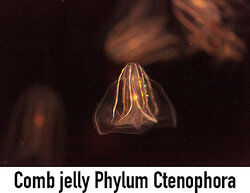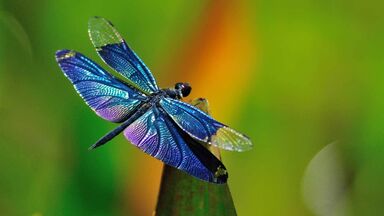A third form, Microfilaria diurna, is found in the larval stage in blood, but only in the daytime.
Some members of this order spend the winter in the adult state, others in the " larval " or " pupal " condition.
The parasitic and free-living Nematodes are connected by transitional forms which are free at one stage of their existence and parasitic at another; they may be divided into two classes those that are parasitic in the larval state but free when adult, and those that are free in the larval state but parasitic when adult.
Mermis (in the larval state) is confined to the Invertebrata and Sphaerularia to bees.
Although several species belonging to the second class occasionally enter the bodies of water snails and other animals before reaching their definitive host, they undergo no alteration of form in this intermediate host; the case is different, however, in Filaria medinensis and other forms, in which a free larval is followed by a parasitic existence in two distinct hosts, all the changes being accompanied by a metamorphosis.


